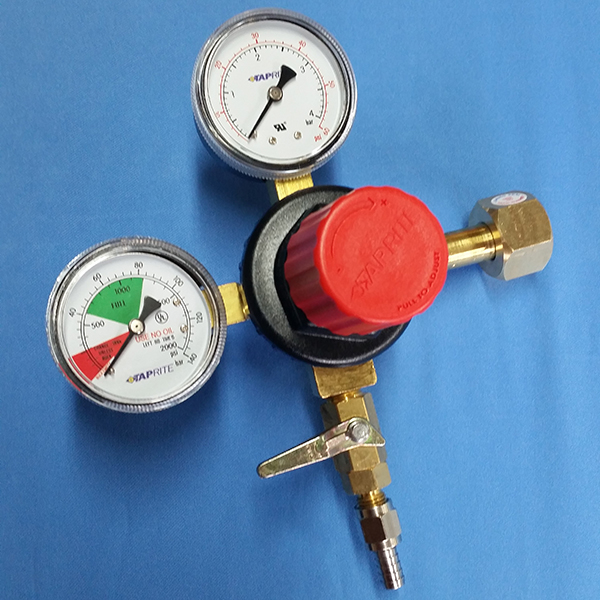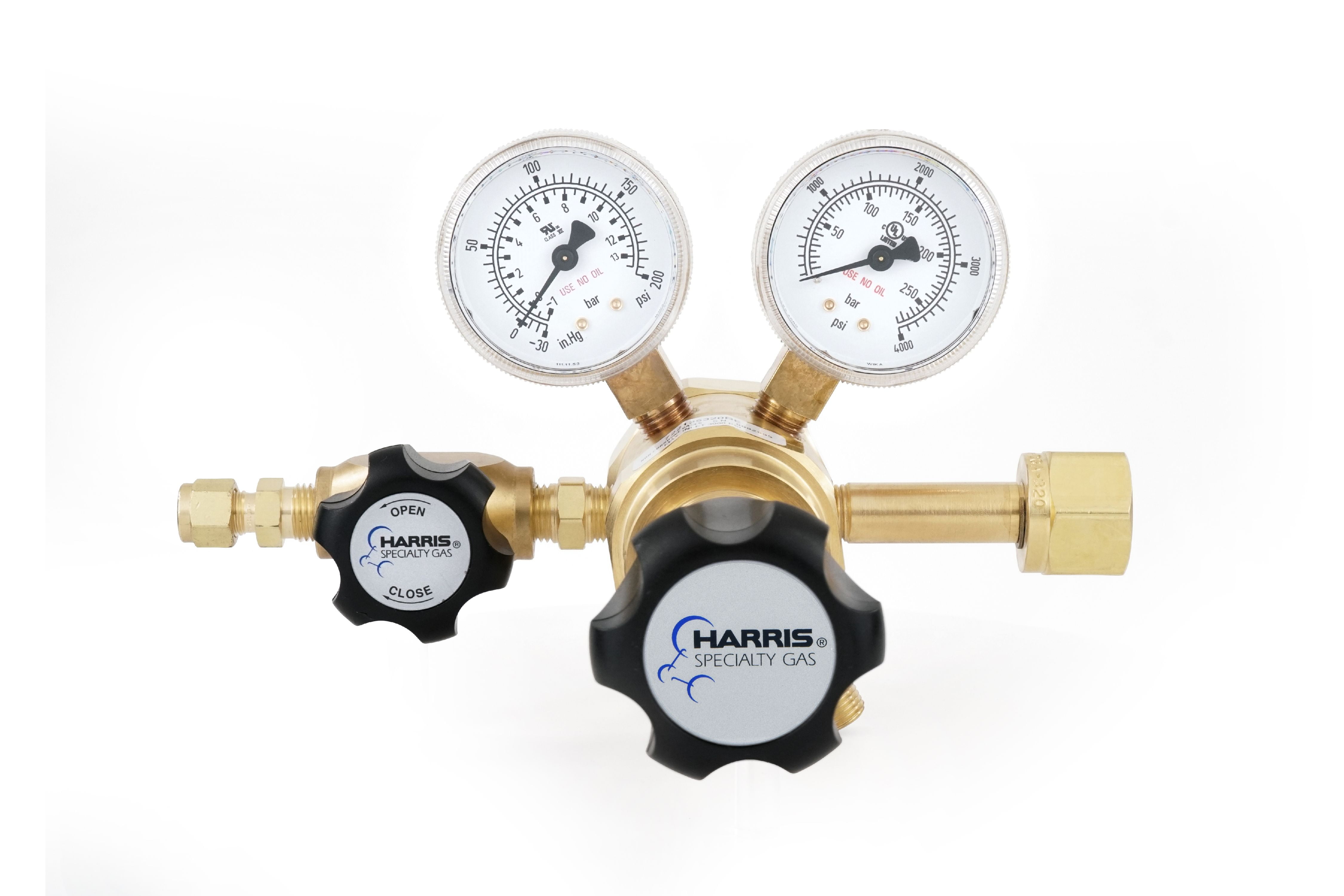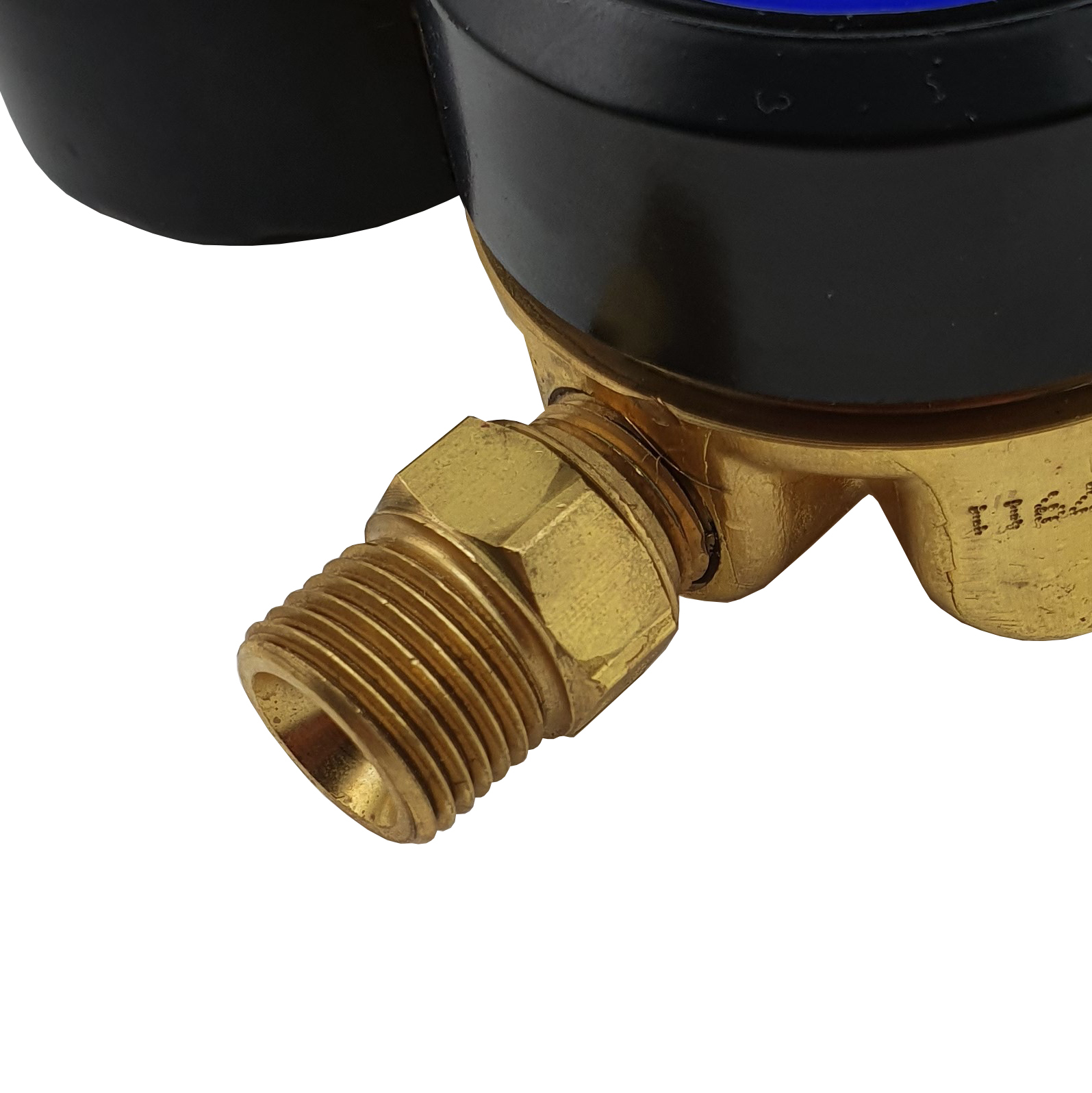Carbon Dioxide Regulator
Are you in search of a device that helps regulate the flow of carbon dioxide? Look no further than the carbon dioxide regulator! This tool is essential for controlling the release of CO2 in various industries and applications, from laboratory settings to home brewing. Let's delve deeper into the benefits and uses of the carbon dioxide regulator.
Pain Points of Carbon Dioxide Release
We all know the dangers of excessive carbon dioxide, from the risk of asphyxiation to negative impacts on the environment. This is where the carbon dioxide regulator comes into play - by controlling the release of CO2, this device helps ensure safe levels of gas and reduces the risk of accidents or negative effects on the planet. Additionally, without a proper regulator, the inconsistent flow of CO2 can result in compromised materials or products.
Target of Carbon Dioxide Regulator
The carbon dioxide regulator's main purpose is to control the flow of CO2 from a high-pressure source into a lower pressure environment. This device regulates the flow of carbon dioxide while keeping the output pressure consistent, which is crucial for numerous applications. Carbon dioxide regulators are commonly used in the medical industry, laboratories, aquariums, and in the food and beverage industry.
Main Points about Carbon Dioxide Regulator
Carbon dioxide regulators are crucial for maintaining safe and consistent levels of CO2 during various applications. These devices are essential in controlling the flow of gas in industries such as medicine, lab equipment, home brewing, and aquariums. By regulating the release of CO2, carbon dioxide regulators help in preventing accidents and negative environmental impacts.
Personal Experience with Carbon Dioxide Regulator
As a home brewer, I depend greatly on my carbon dioxide regulator during the brewing process. If I were to release too much carbon dioxide, it could result in my beer being over-carbonated, with too much head and an undesirable taste. Alternatively, if there isn't enough carbon dioxide, the brew will be flat and lackluster. My carbon dioxide regulator ensures consistent levels of CO2 during the brewing process, resulting in beer that is smooth and perfectly carbonated.

Use in Aquariums
Aquarium enthusiasts also rely heavily on carbon dioxide regulators to maintain healthy environments for their fish and plants. A CO2 regulator helps prevent fluctuations of CO2 levels in an aquarium, which can be detrimental to the aquarium's inhabitants. By maintaining a consistent flow of CO2, the regulator provides the necessary environment for a thriving aquatic ecosystem.

Controlling Carbon Dioxide in Laboratory Settings
Laboratory personnel also depend on the carbon dioxide regulator for numerous applications. For instance, scientists who manipulate organisms under controlled conditions require a regulated supply of CO2. Moreover, animal research facilities keep the air quality in their facilities safe for the animals, which is critical for their well-being and the integrity of the research being conducted.
Benefits of Carbon Dioxide Regulators
Carbon dioxide regulators are undeniably beneficial in many industries and applications. As we have seen, they help maintain safe and consistent levels of CO2, which is crucial in preventing danger and ensuring optimal outcomes in various situations. With a carbon dioxide regulator, one can have the peace of mind that their application is running at its best capacity without endangering the well-being of the environment or other stakeholders.
Question and Answer
Q: Where can I buy a carbon dioxide regulator?
A: You can find many options for carbon dioxide regulators both in-stores and online. Homebrewing supply stores, aquarium shops, and lab equipment providers often carry CO2 regulators.
Q: Can I use a CO2 regulator for other gases?
A: While carbon dioxide regulators are designed for use with CO2, some regulators can handle other gases. However, it is essential to check for compatibility before using any other gas with a carbon dioxide regulator.
Q: How often should I replace my carbon dioxide regulator?
A: Most CO2 regulators last between three and five years. If you notice the regulator starting to malfunction, such as a loss in pressure or difficulty controlling the release of CO2, it is time for a new device.
Q: Can I repair my carbon dioxide regulator if it is broken?
A: Some minor issues with carbon dioxide regulators can be fixed with repair kits. However, if the regulator's condition is severely compromised, it is recommended to purchase a new device altogether.
Conclusion of Carbon Dioxide Regulator
Carbon dioxide regulators play an essential role in controlling the release of CO2 in numerous applications, from home brewing to laboratory settings. By regulating the flow of gas, these devices ensure safe levels of CO2, prevent accidents, and produce optimal outcomes in a variety of industries. Whether you're a home brewer or a laboratory scientist, a carbon dioxide regulator is a must-have tool for your application.
Gallery
Carbon Dioxide Regulator - Next Advance - Laboratory Instruments

Photo Credit by: bing.com / regulator dioxide carbon zoom
Heated Carbon Dioxide Pressure Regulator DINCONTROL - купить Shop в

Photo Credit by: bing.com /
China Carbon Dioxide Regulator (AHG-132) - China Gas Reducer, Yamato

Photo Credit by: bing.com / dioxide carbon regulator china ahg
Carbon Dioxide Specialty Gas Lab Regulator, CGA 320, 2-stage, Brass, 0

Photo Credit by: bing.com / regulator dioxide
Harris 730Z Carbon Dioxide C02 Regulator Gauge MIG - Home Brew

Photo Credit by: bing.com / dioxide carbon inlet 30lpm